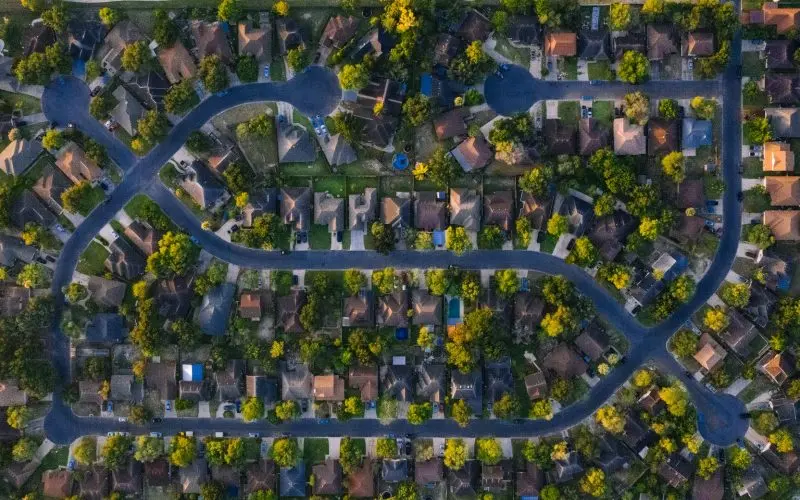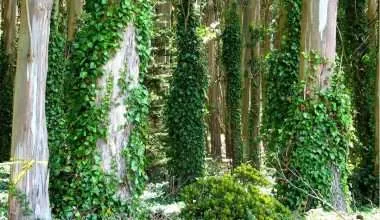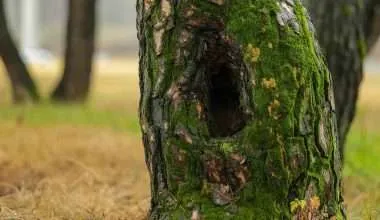Table of Contents Show
What is Social Forestry?
When the forests are managed with benefits of the whole community in mind, that type of forestry is called social forestry. The aspects included in social forestry are forest management, afforestation of deforested areas and existing forest protection; having the objective to improve the rural, environmental and social development. When it comes to social forestry, the needs of the local communities come first.
This is the reason due to which the goal of social forestry is to grow a lot of trees and plants to make sure they meet the growing needs of the people for their demand of timber, food, fuel, wood and dependency on traditional forest areas. Social forestry also protects agricultural areas from adverse climatic conditions to improve the environment, increase the supply of forest/agricultural produce and to enhance the natural beauty of the local area.
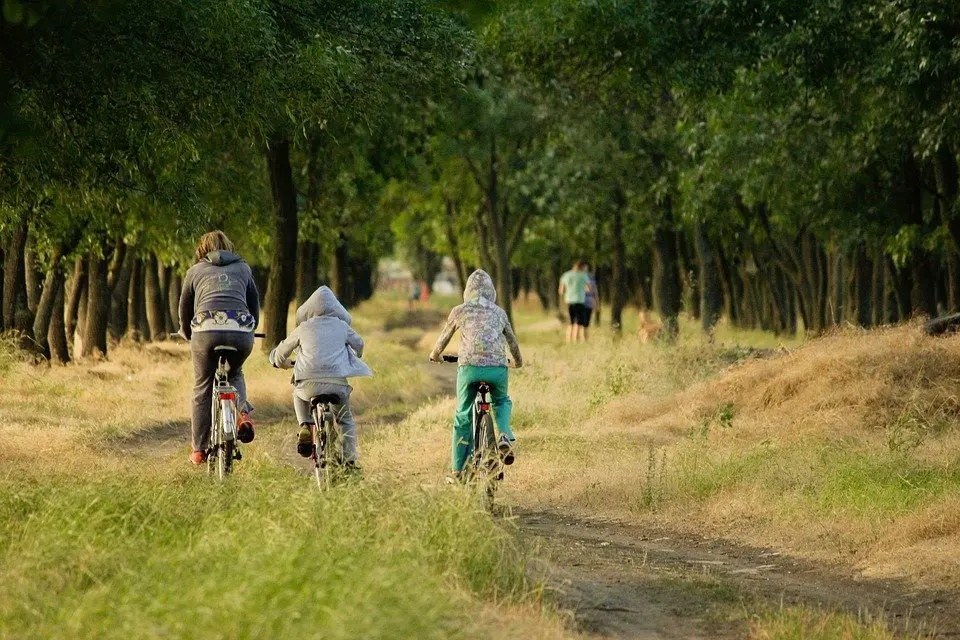
This concept and practice has existed for many centuries, gaining new dimensions constantly as it also helps to tackle the challenges created by global warming. The benefits and types of social forestry have been explained properly below.
The 4 Major Types of Social Forestry
1. Agroforestry
This involves growing trees in a way to provide the landowners with forest and agricultural products on a commercial basis. The main objective of this is to have positive interactions between the two systems of forests and agriculture. These systems can also be separately practiced.
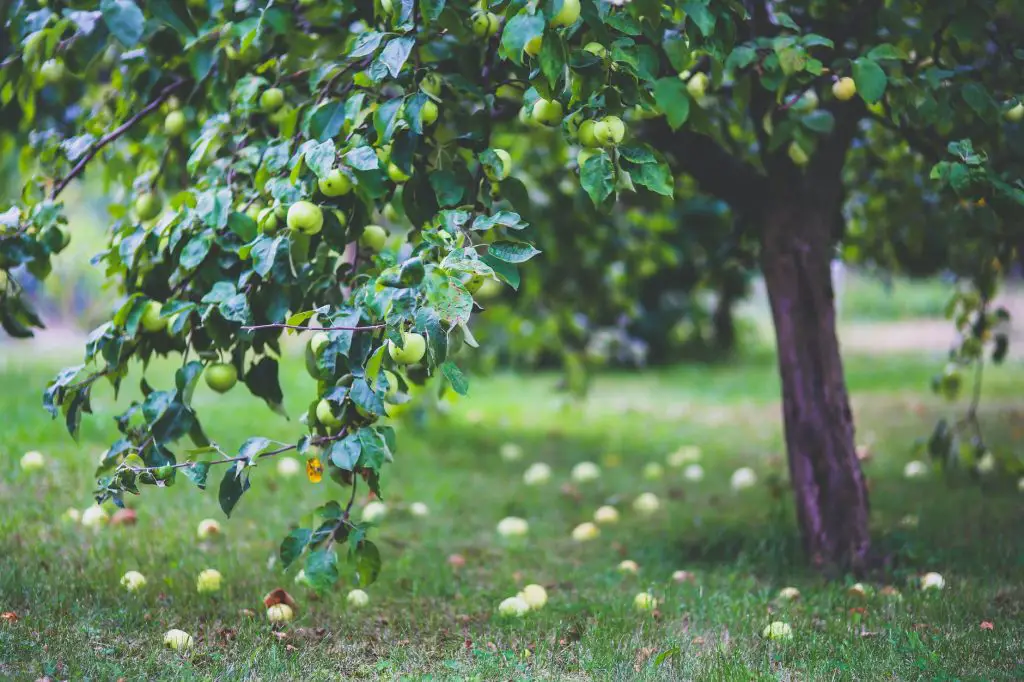
This is the best type of social forestry if someone wants to start a venture of farm forestry while maintaining the existing agriculture practices. This type of forestry provides economic as well as social benefits. Additionally, this goes perfectly along with one of the major principles of Permaculture (No.11. Value the marginal). Permaculture is one of the Sustainable Farming methods.
2. Farm Forestry
In this type of forestry, the objective is to grow trees for a specific purpose of harvesting a product. The main purpose is usually to plant timber trees on private lands, but this venture can also be used in other ways, like for fruit farming.
Farm forestry has many benefits which include shelter and pasture for animals; diversification of earnings, increase in capital value, improved environmental conditions, improved living and heightened biodiversity.
3. Extension forestry
This type of forestry is becoming very common in urban cities as it involves the planting of trees on the sides of roads, canals and railways. This is a very viable option for local governments looking for betterment of their communities.
4. Community forestry
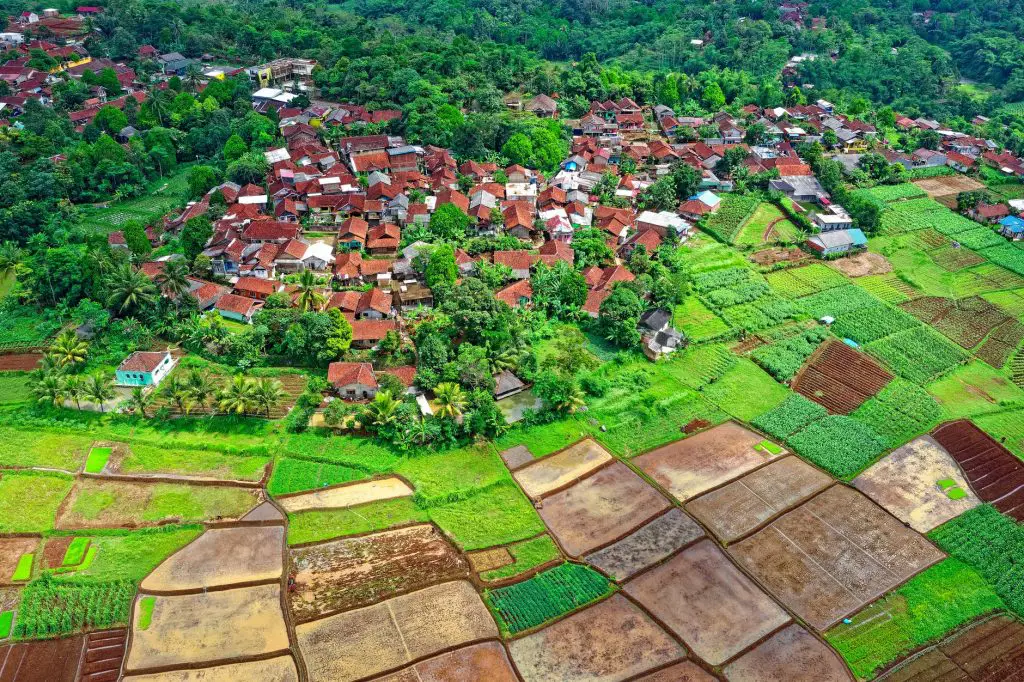
This refers to the management of the communal land. The projects are decided and implemented by the village members on the communal land. The local people take part in managing, planning and harvesting the crops. They even share the socio-economic and ecological benefits. The main purpose of such forestry is to increase the involvement for local people and lead the whole village into prosperity. Another major advantage is that there is reduced inequality between members of the community/village which is sometimes the root to evil actions.
Benefits of Social Forestry
Increased Biodiversity
When trees are grown in barren lands, they help to increase the biodiversity value among the community on a whole other level. When trees grow larger and longer they enhance the nature of habitat. Forests which are well maintained and managed properly, they encourage biodiversity as they help to offer habitation for various animals, shrubs, plants, birds and insects among others. In nature, wherever and wherever trees grow; other plants and wildlife follow.
Trees and many other plans become the source of food and shelter for many small animals and birds. Many mature trees create an environment which encourages the growth of many other plants which would not have existed otherwise. This therefore increases the food varieties for animals and the local people living nearby.
Carbon Removal
Trees act as carbon sinks. Trees play a very important role in the fight against global warming, as they remove carbon from the air. While growing the trees absorb carbon dioxide while removing it from the environment. Majority of the carbon emissions in urban cities come from cars, trains and whatnot; social forestry is seen as the best way to counter it. You can also read about the exact process of how plants help the environment!
In 1990, a study by Akbari and others estimated that if 100 million trees are planted, they would save 22 billion kilowatt hours(KWh) of energy and about 3 million tons of carbon emissions for carbon dioxide annually in a time span of ten years. However, it should be understood that the actual amount of carbon dioxide which would be removed would depend upon the types of trees and vegetation planted in the forest.
The places which are well covered by trees can be up to 6-7 degrees cooler than the areas which are devoid of trees.
Soil Conservation
This is also one of the major benefits of social forestry. Communities which embrace social forestry have had many significant economic and health benefits which they enjoy in terms of improved agricultural activities. Tree roots hold onto the soil which protects the soil from erosion, keeping it in place.
In a medium-sized city, the trees which are planted along the roads and in parks can help save around 10 tons of soil annually. The tree leaves which decay also help the soil to get rich as they form an organic layer on the ground allowing the water to percolate onto the soil (A technique used in organic and sustainable farming methods). This reduces the chances of soil erosion.
Trees greatly reduce the likelihood of overland flow of water as the tree roots store the water among them and hold the soil in place too!
Health Benefits
There are many researches on how beneficial trees are for humans. Trees and other aspects of nature are all natural remedies for anxiety and stress. Taking a walk in the park has been a great source of calm for people when they are stressed.
Planting trees in human habitat would contribute a lot towards better health and improved well-being. It is now very common that hospitals are planting and growing trees because of their healing effects.
Trees also help in absorbing many pollutants from the air that may have negative effects on human health. They even provide medicinal value for numerous communities and healthcare providers.
Community enrichment
Trees help to make the neighborhood look more serene and attractive. Community Areas with trees attracts more people for living rather than an area which does not have trees (this also has an economically beneficial side to it). Trees also provide shade which improves the environment surrounding your outdoor furniture.
Areas which are well stocked with trees help keep the community together as the inhabitants have a common goal of betterment of community.
Noise Reduction
Noise triggers anxiety and stress. Loud noises can disturb sleep, affect behavior of people and even cause mental illnesses. Being exposed to loud noise over a long period of time can even cause hearing loss. Many solutions are being employed to reduce noise pollution and among those is social forestry as it helps to reduce noise pollution.
Trees absorb and reflect sound energy which reduces noise pollution.
Improved Air Quality
Most people associate trees with just the removal of carbon dioxide, that can never be overlooked but trees also help to improve air quality and clean surrounding air. An acre of trees help to generate enough oxygen for 18 people. Trees also absorb pollutants which are harmful to people’s health. Polluted air is often a major reason for exacerbation of asthma or COPD.
You can also read up on Ways to Prevent Indoor and Outdoor Air Pollution

Basically, trees clean the air by absorbing all the pollutants from the air, as their leaves store and trap the particles which get filtered through their stems, leaves and twigs. The smallest particles trapped by plants are around 10 microns small.
Energy conservation and reducing overall atmospheric temperatures
Trees are natural air conditioners. The evaporation that can happen from a single tree can have the cooling effect similar to ten room-sized air conditioners operating together almost throughout the day. Planting trees at your home would help reduce the outdoor heat around the house and the air-conditioners would have to work less which would save energy and subsequently lower your bills.
Social Benefits
Trees have many social benefits which makes the neighborhood more valuable and attractive. Social forestry also helps with creating more inviting and cooler areas for relaxation such as playgrounds and parks. They even add up to color and beauty.
The green color of the trees creates an effect that is calming and helps the eye to be relieved of strains. Trees also provide a shaded place where people can meet under the scorching sun.
